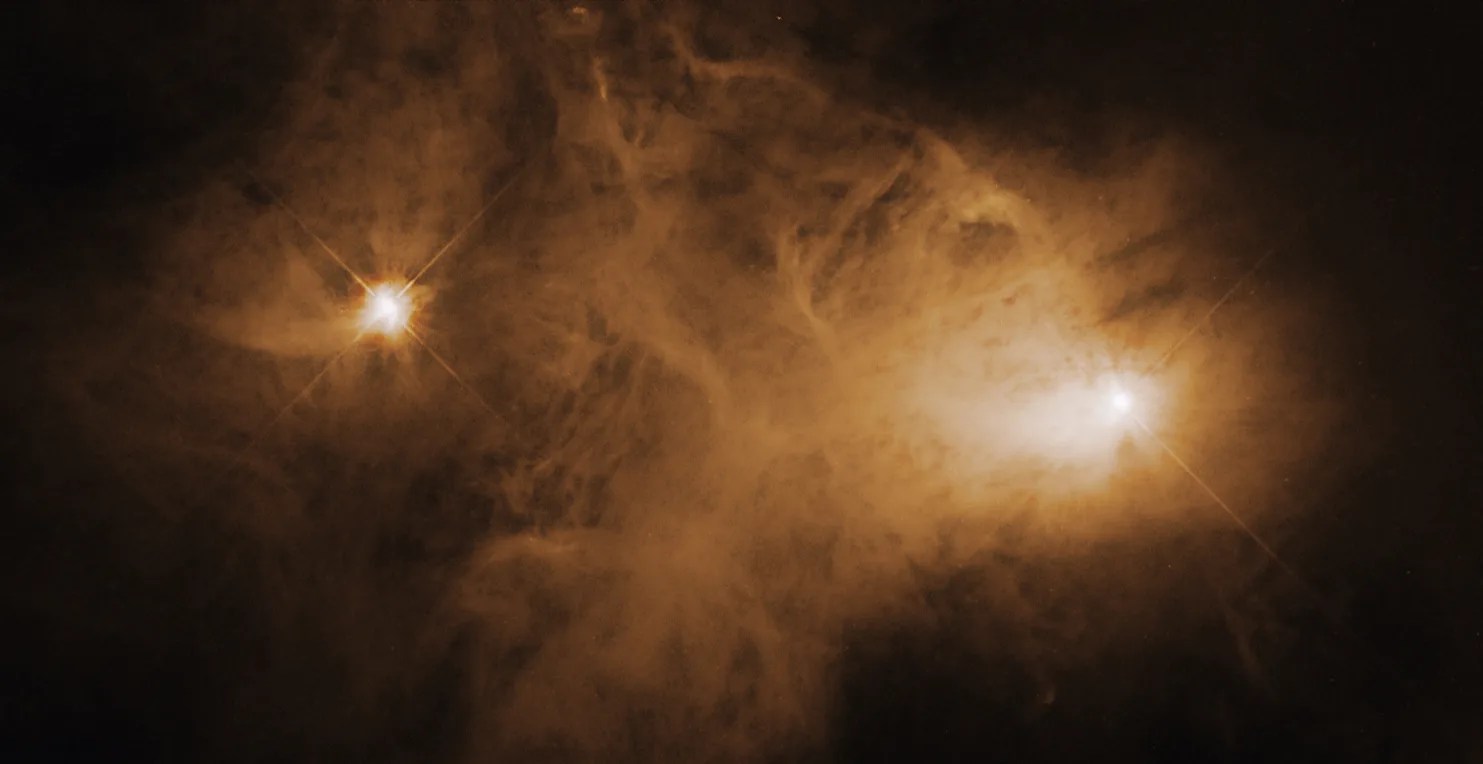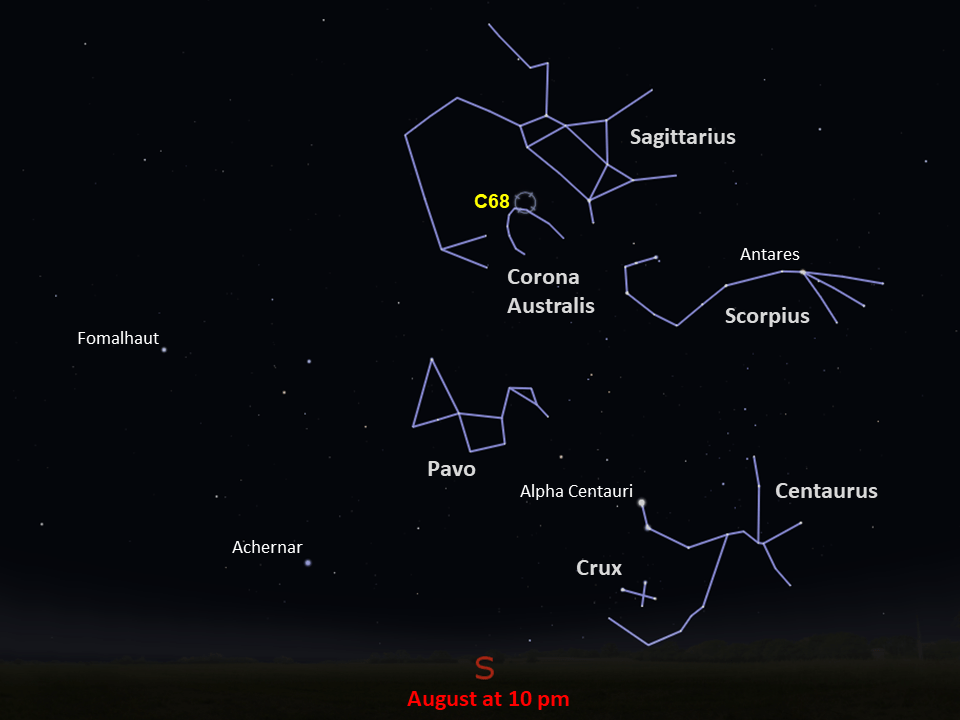Caldwell 68
A young star whose brightness fluctuates over time illuminates this reflection nebula.
Distance
400 light-years
Apparent Magnitude
9.5
constellation
Corona Australis
object type
Reflection Nebula
Hubble captured this image of the hazy reflection nebula Caldwell 68 using its Wide Field and Planetary Camera 2. Reflection nebulae are star-forming clouds of gas and dust that glow with the energy emitted from a hot, nearby star. The nebulae can glow across various wavelengths of light, but this particular image was captured in the visible range of the electromagnetic spectrum. The star that illuminates Caldwell 68 is known as a T Tauri star — a type of young star whose brightness fluctuates over time. Often, T Tauri stars have circumstellar disks. These debris disks surround some young stars and could develop into solar systems much like our own. The observations used to create this image were part of a survey of nearby T Tauri stars searching for visible circumstellar disks.
Caldwell 68, also known as NGC 6729, is located roughly 400 light-years away in the constellation Corona Australis, making it one of the closest star-forming regions to Earth. It is a small part of the larger Corona Australis Molecular Cloud. It was discovered by the German astronomer Johann Friedrich Julius Schmidt in 1861 and has an apparent magnitude of 9.5. The fan-shaped nebula appears to extend out from the star R Coronae Australis (on the right in this Hubble image) toward the star T Coronae Australis (on the left in the image). It also appears near other, larger nebulae known as NGC 6726, NGC 6727, and IC 4812. The best time of year to spot Caldwell 68 is during the late summer in the Northern Hemisphere and late winter in the Southern Hemisphere. It can be seen using a small telescope.
Glossary
Apparent Magnitude - The brightness of an astronomical object as seen from Earth, influenced by the object's distance from Earth, its absolute magnitude, and even gas and dust that lie between the object and Earth.
Reflection Nebula - A nebula that does not emit light of its own but shines because starlight is scattered or reflected off the dust cloud.
T Tauri Star - A young star that has not yet reached temperatures high enough to ignite nuclear fusion, and exhibits variations in its brightness.
Explore Hubble's Caldwell Catalog
The following pages contain some of Hubble’s best images of Caldwell objects.
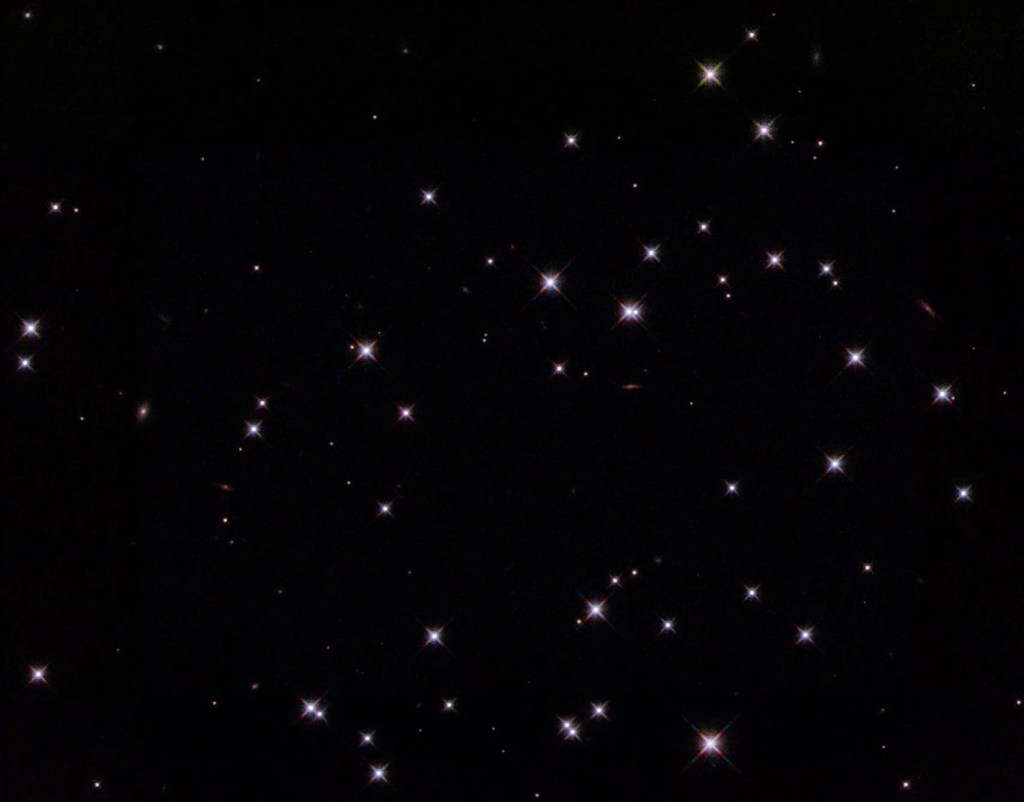
Also known as NGC 188, this group of stars formed from a large cloud of gas making the stars roughly…
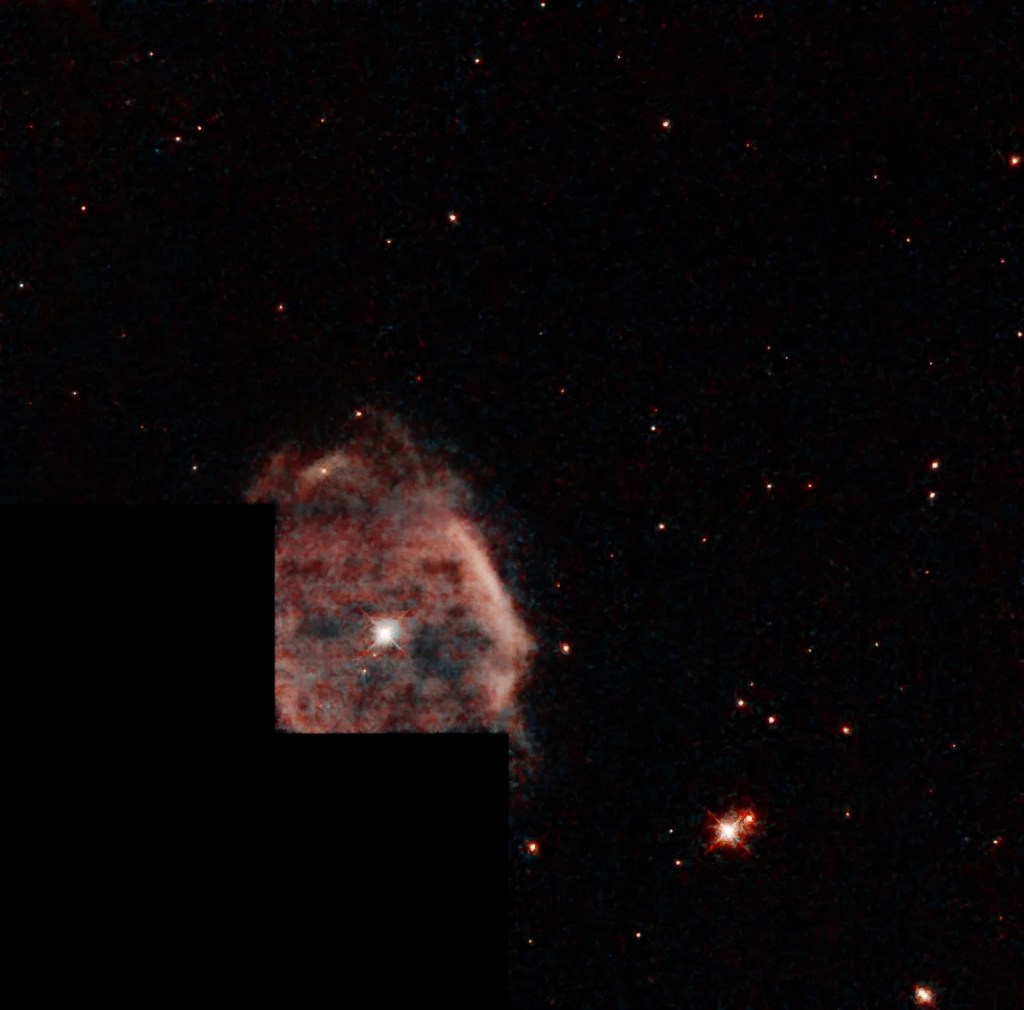
This shell of gas is expanding outward, away from the dying star within.
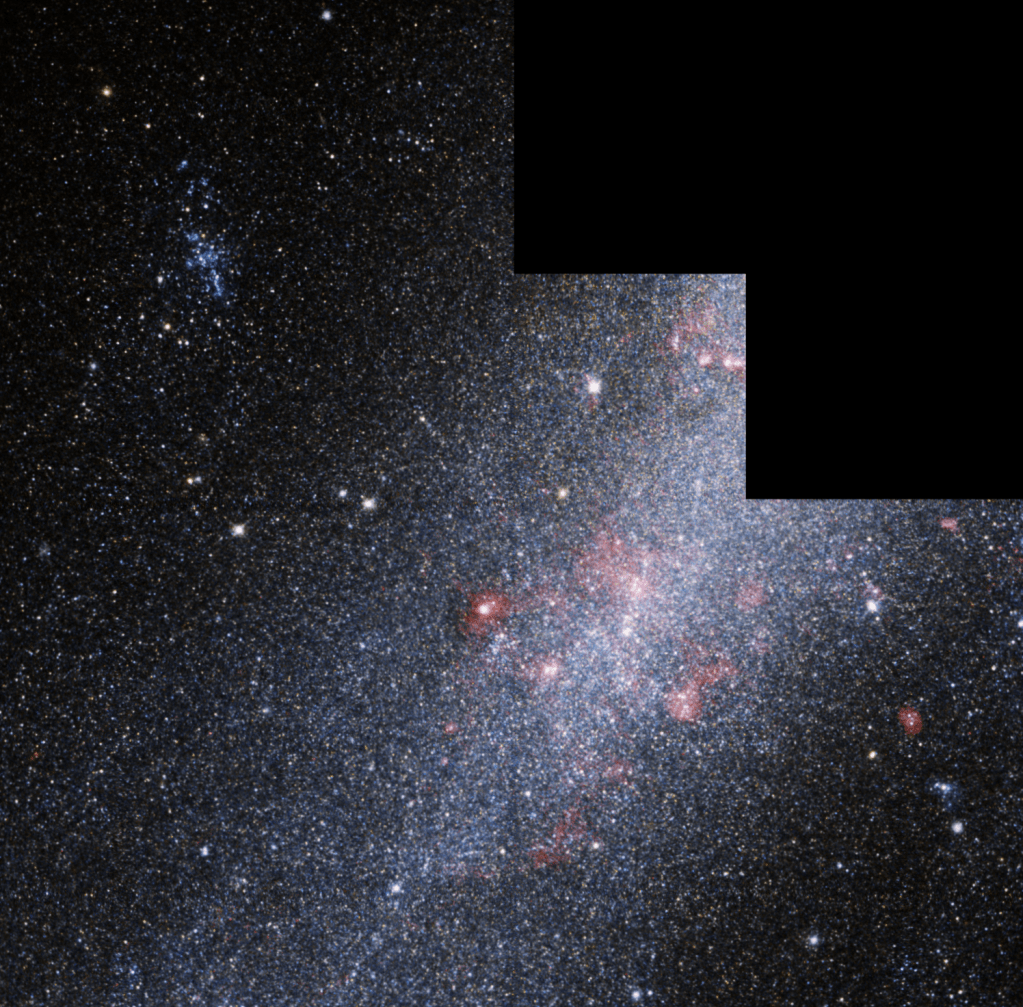
This barred spiral galaxy was first spotted by British astronomer William Herschel in April 1793 in the constellation Draco.



























